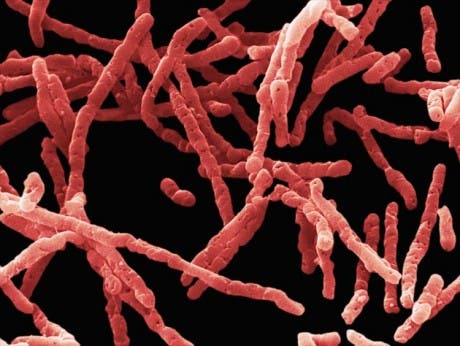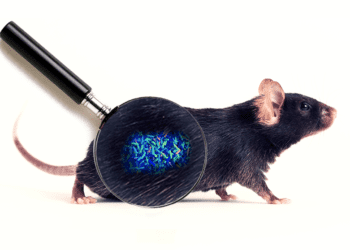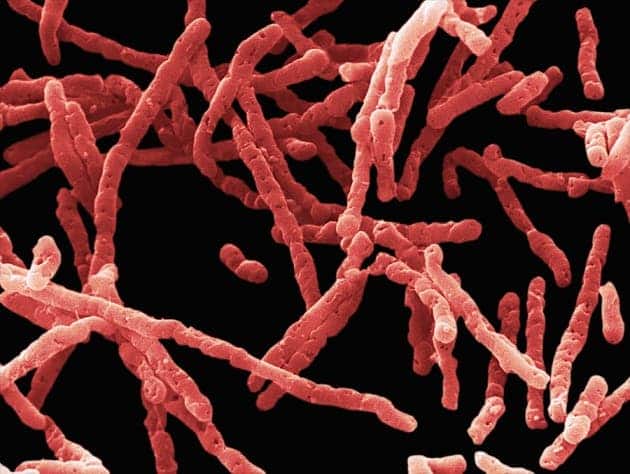Clostridium difficile is a bacterium that can cause numerous medical problems, including colitis or colon inflammation; in severe cases, it can actually be fatal. Now, doctors have tried a new approach in dealing with it – they tried not to eliminate it, but to replace it with its friendlier cousins.

DAVID PHILLIPS/VISUALS UNLIMITED/CORBIS
C. difficile infection is at an all-time high in the US; there were almost 500,000 cases reported in 2011, 30,000 of which were fatal in less than a month after diagnosis. To make things even worse, the bacterium is the most common cause of health-care associated infection in hospitals, with elderly people and those on antibiotics at the highest risk. Obviously, we’re doing something wrong in dealing with this issue, so doctors are trying other approaches.
So the team at Loyola University Health System in Illinois tried “infecting” patients with spores of non-toxin-producing C. diff. The friendlier bacteria was expected to replace the more virulent version and ultimately drive it out – and it worked, most of the time. 69% of people who received this treatment showed the healthier bacteria took over the gut, with only 2% of them showing signs of potential re-infection.
Dr Dale Gerding, one of the researchers at Loyola University Health System said:
“C. difficile infections are the most common hospital-acquired infection that we have, it is a big problem. What we’re doing is establishing competition with the original, toxic strain. I’m excited about this and looking forward to a phase-three [larger] trial, we think it’ll go a long way to reduce C. diff recurrence.”
This treatment comes after another creative approach was trialled with reported success – poo transplant. In faecal transplant healthy gut microbes are transplanted to an infected person. Dr Simon Clarke, from the University of Reading, told the BBC:
“It is an interesting idea, it is a less grim version of a faecal transplant and a very interesting concept to block infection. They are still infected with bacteria, but they are a more friendly version. This paper established the proof of principle, but what they need to do is find out exactly how you can use it.”
All in all, there are good signs for this growing problem; doctors and researchers are quickly adapting, and if conventional treatment doesn’t work, they decided to try unconventional treatments. Be it healthy bacteria or faecal transplant… it seems to work.






